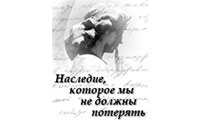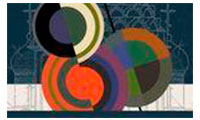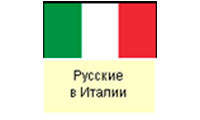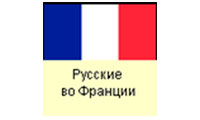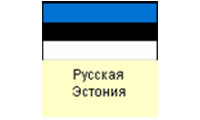Riga at the Turn of the 20th Century
At the beginning of the 20th Century Riga finally obtained the appearance of a European industrial city. In 1901 the residents of Riga celebrated the 700th Anniversary of the city. From 1901 to 1912 the City Governor of Riga was George Armitstead (Russian citizen of English - German origin). He is still considered to be the finest mayor of Riga. Governor Armitstead replaced the horse-drawn tram with electric power. 16 schools and 3 city hospitals were opened. The City Museum was opened in 1905 and the Zoo in 1911. This was a period of construction boom. Many sturdy and beautiful buildings appeared in the centre of Riga. Today the buildings built in the beginning of the 20th century in the style of Jugendstil are the pride of the city. Russian architects played an important role in forming Riga’s appearance. Among them Mikhail Eisenstein stands out in particular. Even the turbulent events of the First Russian Revolution of 1905 could not halt impetuous development of the city.
In 1913 around 100,000 Russians lived in Riga. In the Riga City Council (Duma) a coalition of ‘German’ and ‘Russian’ parties were in power. The city had a conside-rable number of Orthodox churches, high schools (gymnasiums) with Russian as the language of instruction. Russian associations were functioning as well. In 1902 a municipal building for the Russian Theatre was built. The Riga Russian Theatre on the eve of the First World War was one of the finest theatres in Russia. Several Russian daily newspapers were issued in Riga.
Russian residents of Riga worked in various sectors of the economy. Many Russians worked at industrial enterprises. Russians formed a substantial part of the railway workers. There were a fair number of Russian entrepreneurs. Well known Russian cultural figures, scientists and inventors also lived in Riga. For example, Alexander Porokhovshchikov who invented and tested his self-constructed aircraft before the First World War. In 1915 the tank he invented was tested in Riga. The blueprints of the tank were sent to Britain, a Russian ally in the First World War. One of the first female pilots in Russia - Lidia Zvereva surprised the residents of the city with her flight demonstrations.
Юрий Абызов. Листая каменные страницы (К 800-летию Риги)
Владислав Волков. Русские в Риге
Сергей Дауговиш. Фотография и царь
Илья Дименштейн. Несостоявшийся памятник Фольца
Ольга Дорофеева. Улица Гертрудес в Риге
Ольга Дорофеева. Улица Блауманя в Риге
Константин Гайворонский. Баронские хитрости
Валентина Петрова, Валерий Потапов. Петр I на Александровском бульваре
Валдемар Эйхенбаум. Петровские торжества в Риге в 1910 году
А. Гурин. Руководители царской администрации в Риге (1710-1917)

























